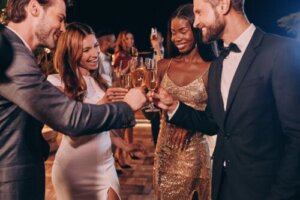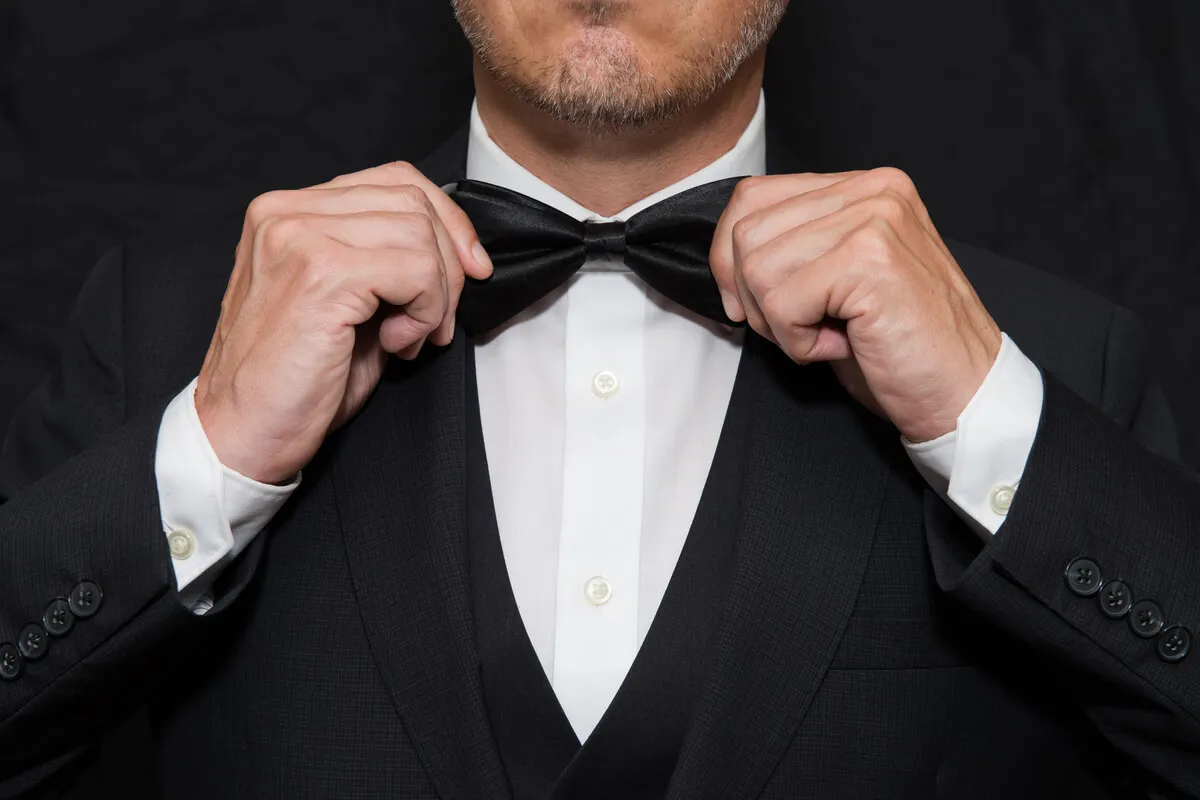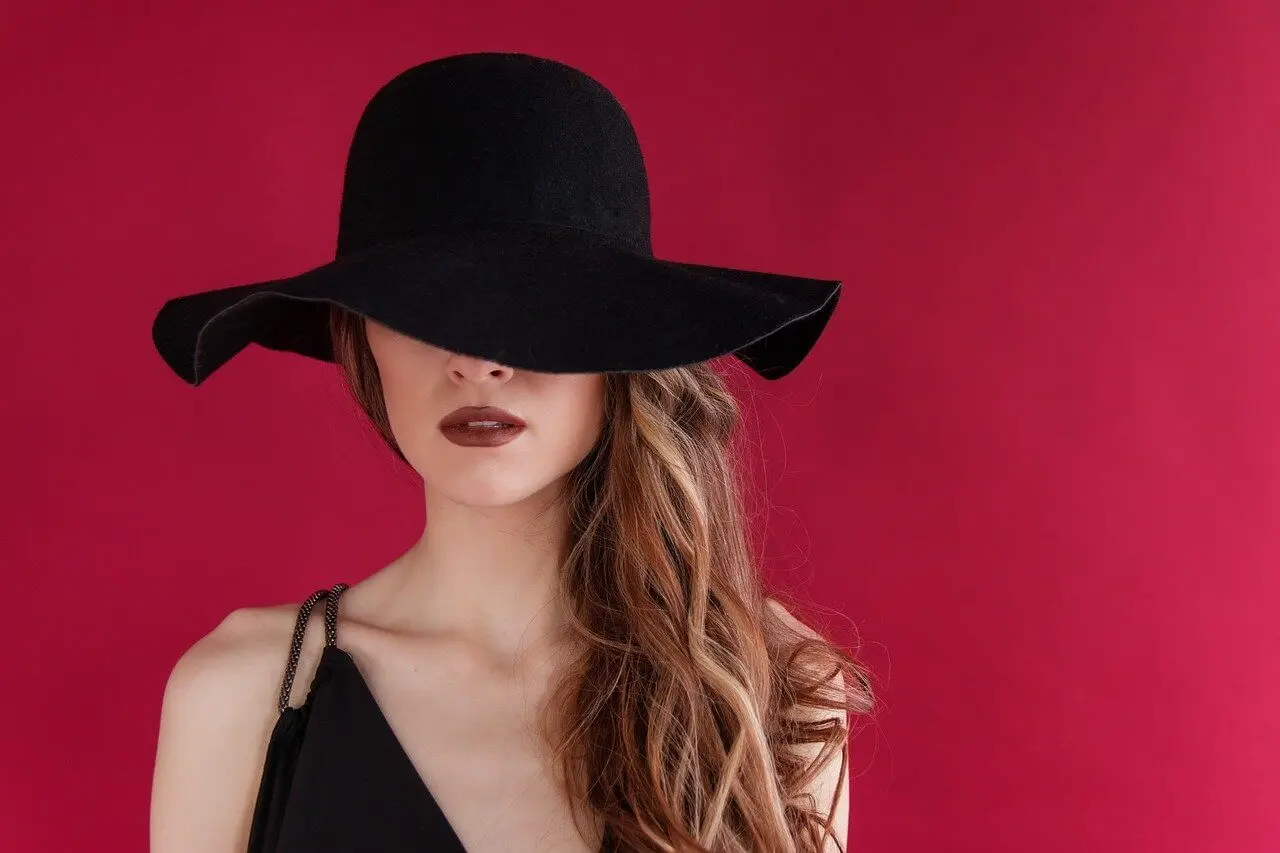Formal Dress Code: What Is It?

Choosing the right attire to attend an event is an act of utmost importance. To do this, there are protocol rules with the aim of standardizing garments. In this article, we’ll tell you how the formal dress code works.
The formal style has key pieces, such as ties or pumps in the case of women. However, if you’re attending a wedding, an award ceremony, or a political event, you will have to follow different dress code rules for each occasion.
Also, the dress code is often described on the invitation. It will also depend on the weather conditions and the time of the event. Formal dress has its science, so we’re going to explain it to you in a practical and simple way.
What is the formal dress code?
Formal dress is a set of established norms and codes. Social perceptions and rules for specific purposes and circumstances. The type of attire will depend on the location, the intent of the event, the weather, and the time of day.
It’s important to understand that formal dress differs from etiquette, as the latter has stricter codes. Even so, everything is a complement, so behavior and good manners also accompany the attire.
Formal dress code: Types of attire
An event can be very sophisticated, as well as rigorously formal. However, what determines the attire is the level of etiquette it requires.
White tie
This modality is for events such as government ceremonies, operas, or political events. These require greater elegance.
For example, in the case of women, there’s greater use of long dresses with plain fabrics and neutral colors, accompanied by high-heeled open-toed shoes. As for men, the use of tailcoats with a white shirt, bow tie, or formal tie is indispensable.
Colorful garments and the use of a watch should be discarded, unless it’s incorporated into the outfit as jewelry.

Black tie
This dress code is somewhat similar to the previous one, only it’s more flexible in terms of colors, accessories, and dress lengths. It tends to be elegant but allows a little more risk when selecting the garments.
The tailored suit for women and the long dress still prevail in the black tie etiquette; however, if the event is held during the day, the use of subtle prints and warm colors is allowed. In case the celebration is at night, the attire will tend to be sober.
Tuxedos and ties are the best option for men, as well as oxford, gray, and navy blue tones. One of the keys to not detract elegance will be to wear both a jacket and pants of the same color.
Cocktail attire
This is one of the most versatile and easy-to-achieve dress codes, as it moves between formal and casual. It’s also widely used at baptisms, graduations, inaugurations, and even weddings.
Here the use of suits for men will still be importrant, only they can now also opt for printed or colored ties, loafers or lace-up shoes, and even suspenders.
Business formal dress code
This code is usually established by some companies for their employees, either to attend work or to go to a business event. It’s also the least formal of all the formal attire. However, it still denotes elegance and quality.
The priority is to reflect a professional image, so men will wear suits with neutral tones and beige, white, and blue shirts combined with colored ties. Women are allowed to wear straight skirts at knee-length, blazers and shirts.
Read about: 8 Mistakes that Cause Bad Smelling Clothes
Formal dress code for women
According to researcher Federico Medina Cano Fashion unites society, creates meaning, and informs taste and sensitivity. So, to look properly and according to the dress code that the event poses is a task that requires researching the indications beforehand. We’ll tell you some of the most common options here:
Suits
Although it depends on the type of code, the most commonly worn suit are long, half-leg, or two-piece suits. If you wear shirts, they should be neither too long nor too short, since they should promote a professional image. Another recommendation is to opt for neutral and dark colors at night and leave the lighter colors or prints for the day.
Heels
Whether for a gala or to follow one of the previous labels, the shoes as a rule are heels, closed flats, or sandals. In this respect, black, gray, and blue colors also tend to prevail.
Formal dress code: Accessories
The clutch bag is a small piece that can be carried in the hand or with a thin strap for formal events. And if the code is business professional, it’s best to carry plain handbags in black and brown tones that aren’t excessively large.
The width of clothing
Although dresses that highlight the silhouette are suitable for some events, it’s important to opt for a middle ground, since sometimes clothes that are too tight can be synonymous with a lack of elegance. On the contrary, when pants or shirts are too loose, they transmit a lack of seriousness.
Hair and make-up
Place and time can help you to decide upon your look, since the circumstances of the event being day or night, or whether it takes place in a salon or outdoors, will set the tone. However, your make-up should be light and sober during the day and you can opt for more dark and heavy tones at night.
As for your hair, up or half up is common. A delicate accessory in the hairstyle will also provide a touch of elegance, even if the woman wears it loose.

Formal dress code for men
Although the male wardrobe seems to be less complex than the female, the truth is that there are a few aspects to take into account when deciding on one outfit or another. Here are some tips.
Formal dress code: A full suit
This is the quintessential attire of any formal dress code, only that for each occasion the colors and accessories change. It includes a jacket and pants, but it can become a suit if you add a vest.
The tailcoat and tie are essential to wear at night. Other more informal options are a white shirt, black or blue pants, and a jacket in neutral colors.
Read about: 11 Different Ways to Combine a Blazer
A tie or bow tie
The most sophisticated events require a tuxedo, so it’s best to wear a black bow tie. To project formality in other events, it’s necessary to wear a tie, although it will depend on the dress code whether it should be plain or can have a pattern or color.
Shoes
Shoes are the closure of each look, which makes them extremely important pieces when creating a formal outfit. In the case of a black or white tie code, you should choose black shoes with laces and completely plain. For example, to complement a tuxedo, go for patent oxford shoes.
Study the formal dress code for your next event
Formal wear is not only specified for certain events. Some professions or public positions demand elegant looks, in which the above rules of dress take precedence.
So, if you want to meet the code required in an invitation, it’s necessary to follow the pre-established parameters and not skip any rule, unless the occasion allows it.
All cited sources were thoroughly reviewed by our team to ensure their quality, reliability, currency, and validity. The bibliography of this article was considered reliable and of academic or scientific accuracy.
- Escobar, H. (2022). Psicología de la moda [Tesis de grado, Corporación Unificada Nacional de Educación Superior]. Repositorio Digital. https://repositorio.cun.edu.co/handle/cun/103
- Kaser, M., Bugle, L. W., & Jackson, E. (2009). Dress code debate. Nursing Management, 40(1), 33-38. https://doi.org/10.1097/01.numa.0000343981.00635.d7
- Medina Cano, F. (2008). La moda, el sentido del vestir y la posmodernidad. Iconofacto, 4(5), 11-26. https://repository.upb.edu.co/handle/20.500.11912/7158
- Scarff, J. (2021). Say yes to the dress (code). Annals of Clinical Psychiatry, 33(3). https://doi.org/10.12788/acp.0036
This text is provided for informational purposes only and does not replace consultation with a professional. If in doubt, consult your specialist.








